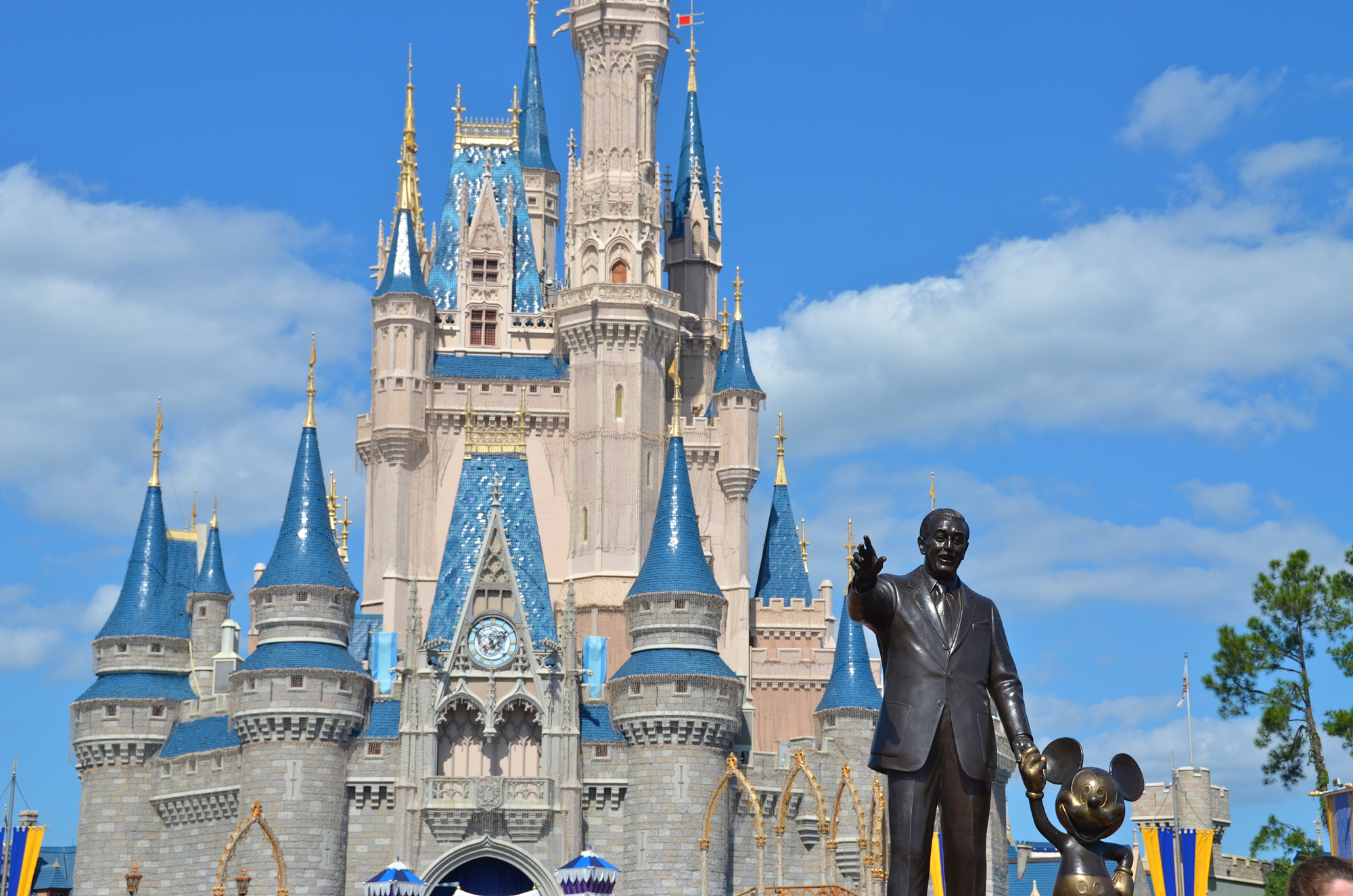With today’s hottest animated films, how do studios keep them coming?
While the COVID-19 pandemic’s shutdown of the entire entertainment industry forced most live-action productions to pause and at times, close shop – it also opened the doors for a new demand by consumers – animation in Hollywood.
The global animation market is expected to reach $640 billion by 2030, according to Precedence Research. As of 2021, the current market has a CAGR of 11.5 percent.
But with an increased demand for animated work in Hollywood, how does the drive to create consistent quality work impact the “pipeline” of animation studios such as The Walt Disney Company, Pixar, DreamWorks, Industrial Light & Magic, Nickelodeon, Studio Ghibli, Cartoon Network, Framestore, et. al?
A studio’s “pipeline” is the “Google Maps” of an animation studio’s proprietary production process. Specifically, the pipeline lays out the roadmap and mathematical formulas ahead of any prospective animation project.
For producers, it acts as both a safety net and layer of diligence and accountability, which allows them to not only confidently take on a new animation project, but simultaneously guarantee crucial information related to the film’s estimated time of completion and delivering – all while maintaining a predetermined cost upstream.
Look at Today’s Hottest Animated Films
The Walt Disney Company, which which has served as the industry leader in animated productions, has done a magnificent job over the years taking its classic Disney original animated films, such as Snow White and the Seven Dwarves (1930), and converting it (or remastering it) to formats appropriate for modern day film.
Think back to the industry’s most welcomed animated films over the years – “Snow White and the Seven Dwarves” (1937), “Fantasia” (1940), “Pinocchio” (1940), “Dumbo” (1941), “Bambi” (1942), “The Jungle Book” (1967), “Beauty and the Beast” (1991), “Aladdin” (1992), “The Lion King” (1994), “Lilo & Stitch” (2002), “Frozen” (2013), and the list goes on.
Disney’s “Encanto” is the highest-grossing animated film of 2021 domestically, bringing in over $60 million and $119 million abroad. In 2019, “Frozen II” earned $477 million in the U.S. with Pixar’s “Toy Story 4” earning $434 million.
If you were to look at the production costs for each of those films and compare it to today’s cost of remastering those works, sequels, and/or newer works like “Luca” (2021) and “Encanto” (2021) – how would they differ?
Distribution and Streaming Platforms
The first factor to consider is the distribution method of these animated works, which thanks to our digital age and the COVID-19 pandemic, nonlinear programming such as streaming platforms have changed the industry’s distribution infrastructure entirely.
Back in 2019, Disney ended its proprietary and lucrative Disney Vault program – a term used by Disney Studios to characterize its intellectual property treasure trove of classic animated films as well as its restriction on their home release availability – as it prepared to launch its Disney+ streaming platform, what is now considered to be one of the most profitable services the company offers.
The Disney Vault would typically cycle 34 movies in and out of its “vault”, ranging from the company’s most popular films to direct-to-video sequels like “Bambi II” (2006) and Atlantis: Milo’s Return (“2003”).
Nevertheless, the “vault” program has been criticized for years as nothing more than a “marketing gimmick” by the company for purposes of just making money off films and cynically creating demand for Disney classics.
Comparing Disney’s oldest works to newly released films such as “Luca” and “Encanto,” it’s evident that we see finished works that are certainly beautiful, but with new additions of CGI and 3D technology, producing the aesthetically pleasing finished work consumers finally see on their streaming platforms (Disney+).
The process of remastering and/or creating a lineup of new works like “Luca” and “Encanto” all stem back to the pipeline, which provides the studio with the correct, proprietary roadmap in achieving successful realization and completion of animated works. In other words, studios no longer have to guess or stumble around in the dark which could ultimately jeopardize the quality and final delivery of the final material across linear and nonlinear programming.
How “Expensive” Can a Pipeline Be?
As most lawyers often say to clients – it depends.
A pipeline’s costs in development before, during, and after the production process can be a moving target because it’s a dynamic process that must be continuously managed, updated, and tailored.
Ultimately, it can have a significantly higher cost than the actual production of an animated work.
PopWrapped spoke with a studio executive, who wished to remain anonymous about how an animation studio generally applies a pipeline formula:
Per Minute Cost of Production= labor costs + hardware costs + software costs + 25% (pipeline) + 7.5% general expenses + 15% markup
For example, let’s assume that a studio spends $100,000 per minute of animation.
How does the pipeline fit into those costs?
- Labor, hardware, and software are $52,500.
- General overhead expenses are $7,500.
- The “know-how” or pipeline is $25,000.
- With a markup or profit of $15,000.
Twenty-five percent of that, or $25,000 would be strictly associated with the pipeline.
Or, if a studio spends $100M per minute of animation, $250,000 would be allocated to the pipeline.
What we can expect to see over the next 2-3 years as animation continues to grow in higher demand, is the evolving infrastructure studios use in maintaining their pipeline so as to continue providing films with the maximum efficiency, techniques, and technology necessary to produce beautifully crafted animated works.
For more of Andrew’s work, please click here.
Author
-

I write on the cross-section of law and entertainment at PopWrapped. Always on the lookout for stories empowering rising artists and industry professionals, while advocating against cancel culture and online bullying throughout the industry.









































